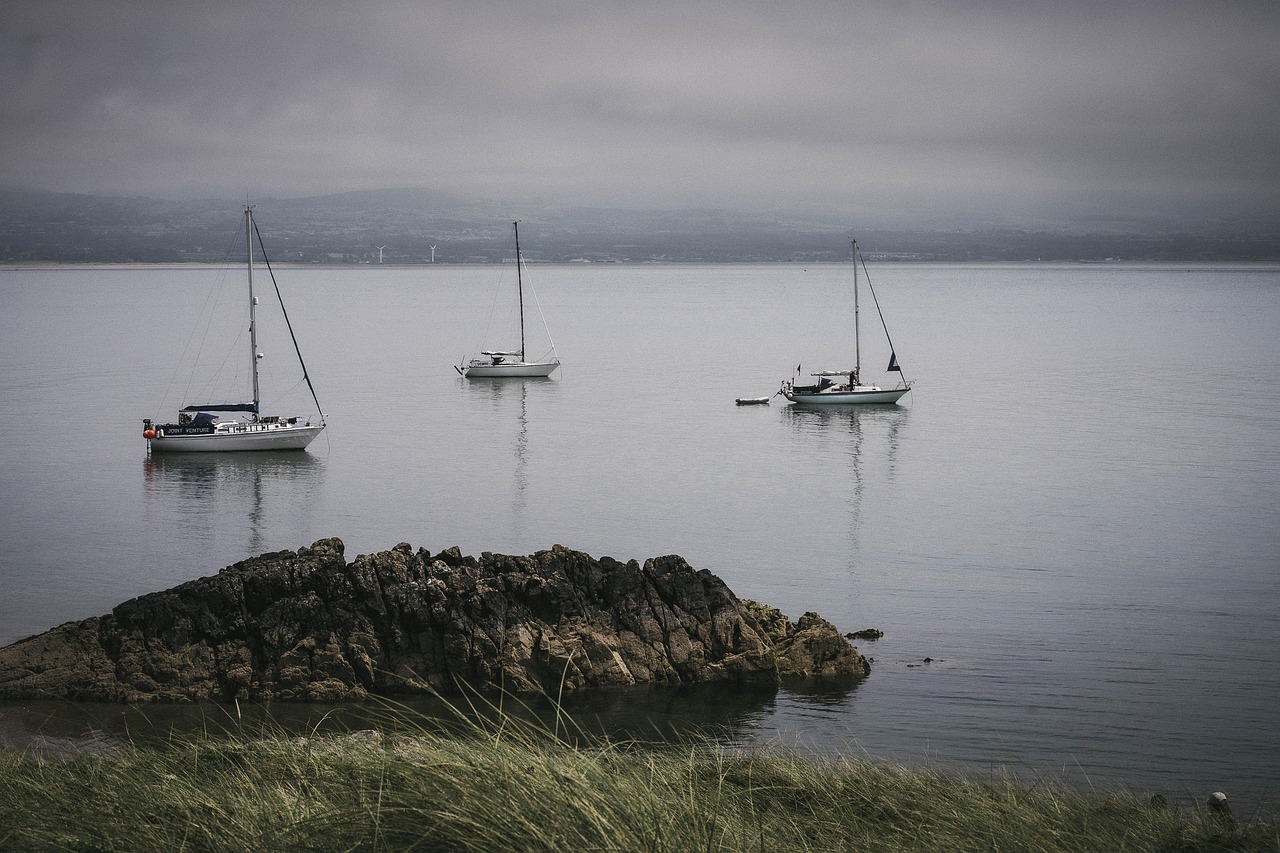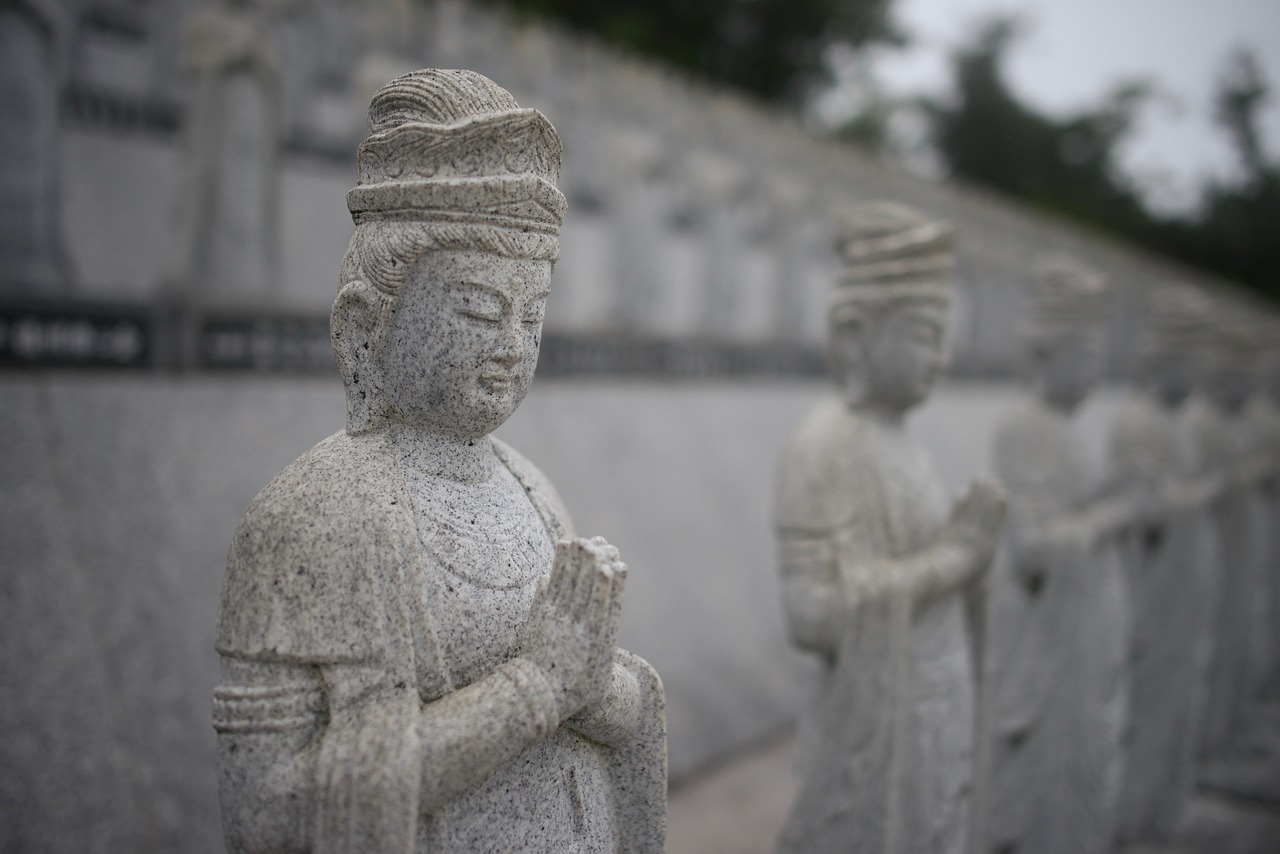This article delves into the stunning landscapes of Darjeeling, showcasing its natural beauty, cultural significance, and must-visit attractions that make it a unique destination in West Bengal.
The Scenic Beauty of Darjeeling
Darjeeling is renowned for its breathtaking landscapes, featuring rolling hills, lush tea gardens, and panoramic views of the Himalayas. This makes it a paradise for nature lovers and photographers alike.
Tea Plantations: A Cultural Heritage
The tea plantations in Darjeeling are not only a source of livelihood but also an integral part of the region’s cultural identity. These plantations offer a glimpse into the traditional tea-making process, which has been passed down through generations.
Adventure Activities in Darjeeling
For thrill-seekers, Darjeeling offers a variety of adventure activities, including trekking, paragliding, and mountain biking. These activities attract outdoor enthusiasts from around the globe.
Cultural Attractions and Festivals
Darjeeling is rich in cultural heritage, with various festivals and attractions that reflect the diverse traditions and lifestyles of its inhabitants. The Darjeeling Himalayan Railway, a UNESCO World Heritage site, is famous for its scenic route and vintage steam locomotives, providing a nostalgic journey through the hills.
Wildlife and Biodiversity
Darjeeling is home to diverse flora and fauna, with several national parks and reserves protecting its unique ecosystems. Singalila National Park is known for its rich biodiversity, including rare species such as the red panda and a variety of bird species.
Conclusion: A Must-Visit Destination
Darjeeling’s enchanting landscapes, rich culture, and adventure opportunities make it a must-visit destination for travelers seeking a unique experience in West Bengal.
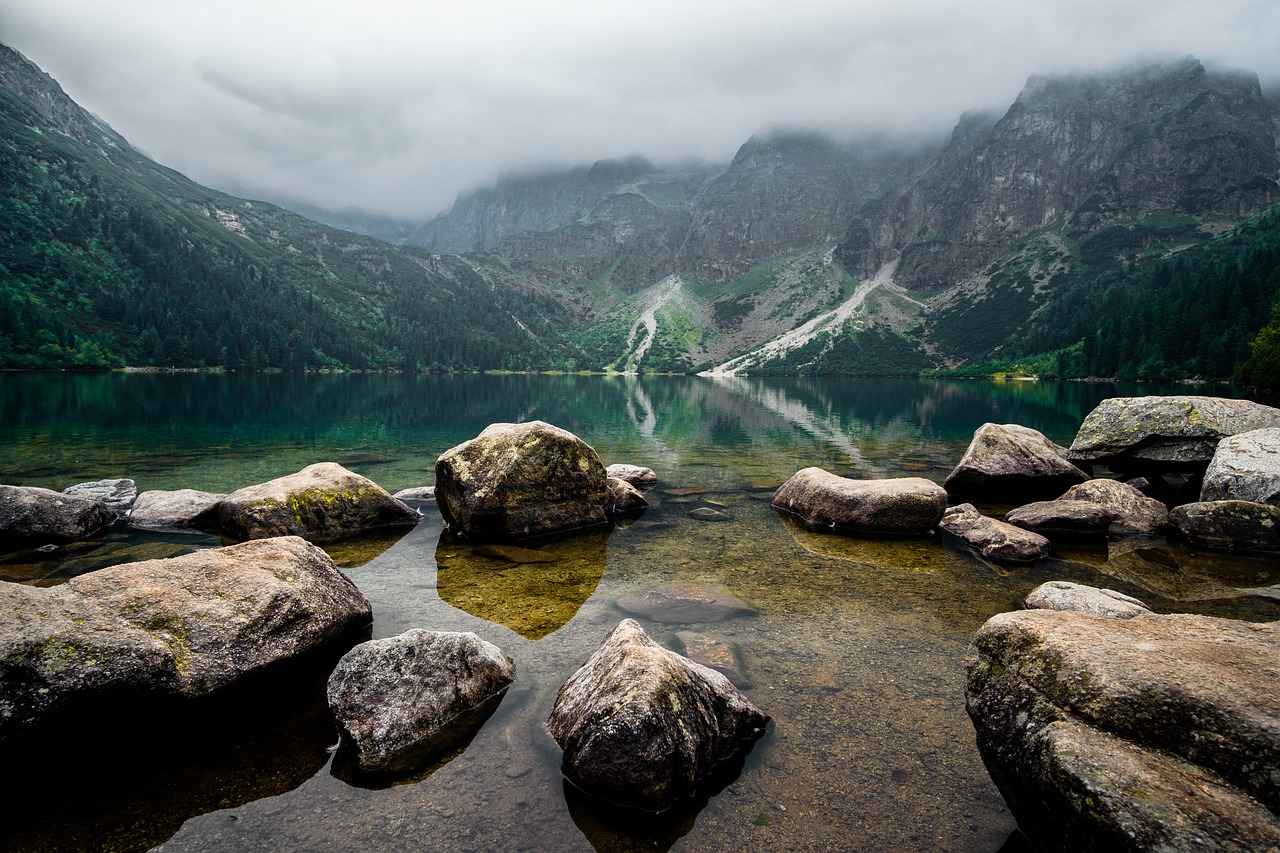
The Scenic Beauty of Darjeeling
Exploring the Scenic Beauty of Darjeeling
Darjeeling, often referred to as the “Queen of the Hills,” is a mesmerizing destination nestled in the lap of the Himalayas. This enchanting town is celebrated not only for its breathtaking landscapes but also for its rich cultural heritage and vibrant local life. The combination of rolling hills, lush tea gardens, and majestic views of the snow-capped peaks create a picturesque setting that captivates the hearts of all who visit.
Stunning Panoramic Views
The panoramic views of the Himalayas from Darjeeling are truly awe-inspiring. Visitors can enjoy stunning vistas from various viewpoints, such as Tiger Hill, which offers a spectacular sunrise view over the Kanchenjunga range. The sight of the sun rising over the snow-clad peaks is an experience that leaves a lasting impression.
Lush Tea Gardens
The tea gardens of Darjeeling are another highlight of the region’s landscape. Sprawling across the hills, these plantations are not just a source of the world-famous Darjeeling tea but also contribute to the area’s natural beauty. A stroll through the tea estates allows visitors to witness the meticulous tea-picking process and enjoy the serene environment filled with the aroma of fresh tea leaves.
Flora and Fauna
Darjeeling is rich in biodiversity, boasting a variety of flora and fauna. The surrounding forests are home to numerous species of birds and animals, making it an ideal spot for nature enthusiasts and wildlife photographers. The region’s unique ecosystems are preserved in parks and reserves, providing a sanctuary for wildlife.
Conclusion
In summary, Darjeeling is a paradise for nature lovers, offering a perfect blend of stunning landscapes, cultural richness, and adventure. Whether you are trekking through the hills, sipping tea amidst the gardens, or simply soaking in the natural beauty, Darjeeling promises an unforgettable experience that showcases the best of what nature has to offer.
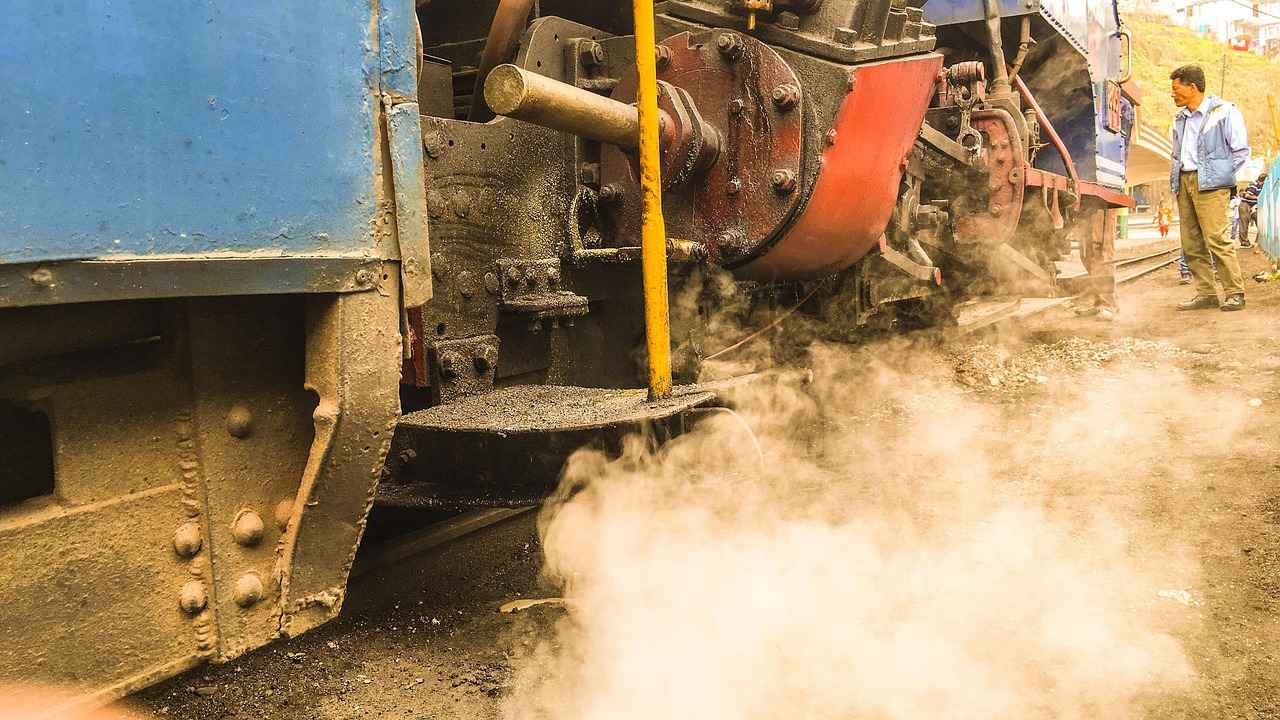
Tea Plantations: A Cultural Heritage
The tea plantations in Darjeeling are not merely a source of livelihood; they represent a profound aspect of the region’s cultural identity. These lush green gardens, set against the backdrop of the majestic Himalayas, are a testament to the rich history and tradition of tea cultivation that has flourished here for over a century.
Visitors to Darjeeling are often captivated by the sight of the sprawling tea estates, where skilled workers meticulously hand-pick the tender tea leaves. This traditional method of tea production not only ensures the quality of the tea but also preserves the cultural practices passed down through generations. The process of tea-making is an art, involving several steps from plucking to processing, each contributing to the unique flavor that Darjeeling tea is celebrated for.
| Type of Tea | Characteristics |
|---|---|
| First Flush | Light, floral, and fresh flavor, harvested in early spring. |
| Second Flush | Full-bodied with a muscatel flavor, harvested in summer. |
| Autumnal | Rich and mellow flavor, harvested in autumn. |
Touring the tea estates offers an immersive experience where visitors can witness the entire tea-making process. Many estates provide guided tours, allowing tourists to learn about the history of tea in the region and the significance of each step in the production process. Additionally, these tours often include tea tasting sessions, where guests can savor the exquisite flavors of freshly brewed Darjeeling tea.
Moreover, the tea industry plays a vital role in the local economy, providing employment to many families and supporting the community’s cultural heritage. The ongoing commitment to sustainable practices in tea cultivation ensures that the natural beauty of Darjeeling is preserved for future generations.
In conclusion, the tea plantations of Darjeeling are far more than a source of income; they are an integral part of the region’s identity. Visitors to this enchanting destination can appreciate not only the beauty of the tea gardens but also the rich cultural tapestry that surrounds them, making it a truly unique experience.
The History of Darjeeling Tea
Darjeeling tea, often referred to as the “Champagne of Teas,” boasts a rich and fascinating history that dates back to the early 19th century. This exquisite tea is cultivated in the picturesque hills of Darjeeling, a region nestled in the eastern Himalayas of India. The unique climate and altitude of this area contribute significantly to the tea’s distinctive flavor and aroma, making it one of the most coveted beverages worldwide.
The journey of Darjeeling tea began in the 1820s when the British East India Company recognized the potential of the region for tea cultivation. Initially, the tea was grown for local consumption, but by the mid-19th century, it started gaining popularity in international markets. The first commercial tea plantation, established in 1852, marked the beginning of a flourishing industry that would shape the economy and culture of Darjeeling.
As the demand for Darjeeling tea grew, so did the number of tea estates. By the late 1800s, several renowned estates such as Margaret’s Hope and Goomtee emerged, each contributing to the rich tapestry of tea production. The unique geography, with its misty mountains and fertile soil, allowed for the growth of different varieties of tea, each with its own unique characteristics.
Darjeeling tea is classified into several flushes, including the first flush, second flush, and autumnal flush, each offering distinct taste profiles. The first flush, harvested in spring, is known for its light and floral notes, while the second flush, picked in summer, is celebrated for its muscatel flavor.
Today, Darjeeling tea is not just a beverage; it is a symbol of the region’s cultural heritage and a vital part of the local economy. The tea industry employs thousands of workers, many from local communities, who are dedicated to preserving the traditional methods of tea cultivation and processing.
In conclusion, the history of Darjeeling tea is a remarkable story of tradition, culture, and economic significance. As tea lovers around the globe continue to cherish this exquisite brew, the legacy of Darjeeling tea remains as strong as ever, inviting new generations to explore its rich flavors and heritage.
Types of Darjeeling Tea
Darjeeling tea, often referred to as the “Champagne of teas,” is known for its exquisite flavors and delicate aroma. It is categorized into several types, each with unique characteristics that cater to a variety of taste preferences. Understanding these distinctions can enhance your appreciation of this remarkable beverage.
- First Flush: Harvested in the spring, typically from late March to early April, first flush teas are celebrated for their light, floral notes and a brisk, refreshing taste. They often possess a pale golden color and are characterized by a gentle astringency that appeals to those who prefer a more delicate flavor profile.
- Second Flush: This variety is picked in the summer months, usually between late May and June. Second flush teas are known for their richer, fuller-bodied flavor, often exhibiting muscatel notes that are highly sought after. The leaves are darker, and the infusion has a deeper amber hue, making it a favorite among seasoned tea drinkers.
- Autumnal Flush: Harvested in the fall, autumnal flush teas are less common but offer a unique taste experience. They tend to be less astringent than the first and second flush teas and are characterized by a mellow, rounded flavor profile. The color of the infusion is often darker, with a hint of sweetness that appeals to those looking for a comforting cup.
Each type of Darjeeling tea is a reflection of the region’s unique terroir, influenced by the altitude, climate, and soil conditions. This diversity not only enhances the tea’s flavor but also contributes to the rich cultural heritage of Darjeeling.
For tea enthusiasts, exploring the different flushes of Darjeeling tea offers an exciting journey through taste and tradition. Whether you prefer the floral notes of a first flush or the robust flavor of a second flush, there is a Darjeeling tea to suit every palate.
Visiting Tea Estates
in Darjeeling is an unforgettable experience that immerses visitors in the rich traditions of tea cultivation while showcasing the region’s stunning natural beauty. Nestled in the foothills of the Himalayas, these tea estates are not just about the tea; they represent a way of life that has thrived for generations.
As you stroll through the lush green tea gardens, you’ll witness the meticulous process of tea picking, where skilled workers expertly pluck the tender leaves by hand. This traditional method ensures that only the finest leaves are selected, contributing to the exceptional quality of Darjeeling tea.
Why Visit Tea Estates?
- Experience Tea Culture: Engage with local tea planters and learn about the history and significance of tea in Darjeeling.
- Tasting Sessions: Participate in guided tastings to savor the diverse flavors of different tea types, including the renowned first flush and second flush.
- Scenic Views: Enjoy breathtaking views of the surrounding mountains and valleys, making for perfect photo opportunities.
Many tea estates offer guided tours that take you through the entire process, from the fields to the factory. Here, you can observe the intricate steps involved in transforming freshly picked leaves into the aromatic beverage loved worldwide. The tours often conclude with a delightful tasting session, where you can sample some of the finest teas produced in the region.
Moreover, visiting these estates supports the local economy and helps preserve the cultural heritage of Darjeeling. By choosing to tour the tea plantations, you contribute to sustainable tourism practices that benefit both the environment and the community.
In conclusion, a visit to the tea estates of Darjeeling offers not only a chance to taste some of the best teas in the world but also a unique opportunity to connect with the rich culture and tradition of this beautiful region. Don’t miss out on this enriching experience during your trip to Darjeeling!
The Role of Local Communities
In the picturesque region of Darjeeling, local communities are not just inhabitants; they are the backbone of the tea industry and cultural preservation. Their contributions extend far beyond mere labor in the tea gardens, playing a crucial role in maintaining the ecological balance and the rich cultural tapestry of the area.
Local communities are deeply intertwined with the tea gardens, which are a significant source of livelihood for many families. These gardens, known for producing the world-renowned Darjeeling tea, thrive due to the traditional farming practices passed down through generations. The communities engage in sustainable farming techniques that not only enhance the quality of tea but also protect the environment. This commitment to sustainability ensures that the tea gardens remain productive for years to come.
Moreover, the cultural heritage of Darjeeling is preserved through local festivals, traditional art forms, and culinary practices that reflect the diverse backgrounds of its residents. For instance, festivals such as Dashain and Tihar are celebrated with great fervor, showcasing the vibrant traditions of the local people. These events attract tourists, contributing to the local economy and fostering a sense of pride among community members.
Furthermore, local artisans and craftsmen play an essential role in promoting Darjeeling’s cultural identity. Their work in creating handmade products not only supports the local economy but also provides visitors with a unique insight into the region’s traditions. By purchasing these items, tourists can take home a piece of Darjeeling’s rich heritage.
In conclusion, the role of local communities in Darjeeling is indispensable. They are the custodians of the tea gardens and cultural heritage, enhancing the region’s economy and tourism. By supporting these communities, visitors contribute to the preservation of Darjeeling’s unique identity and natural beauty.
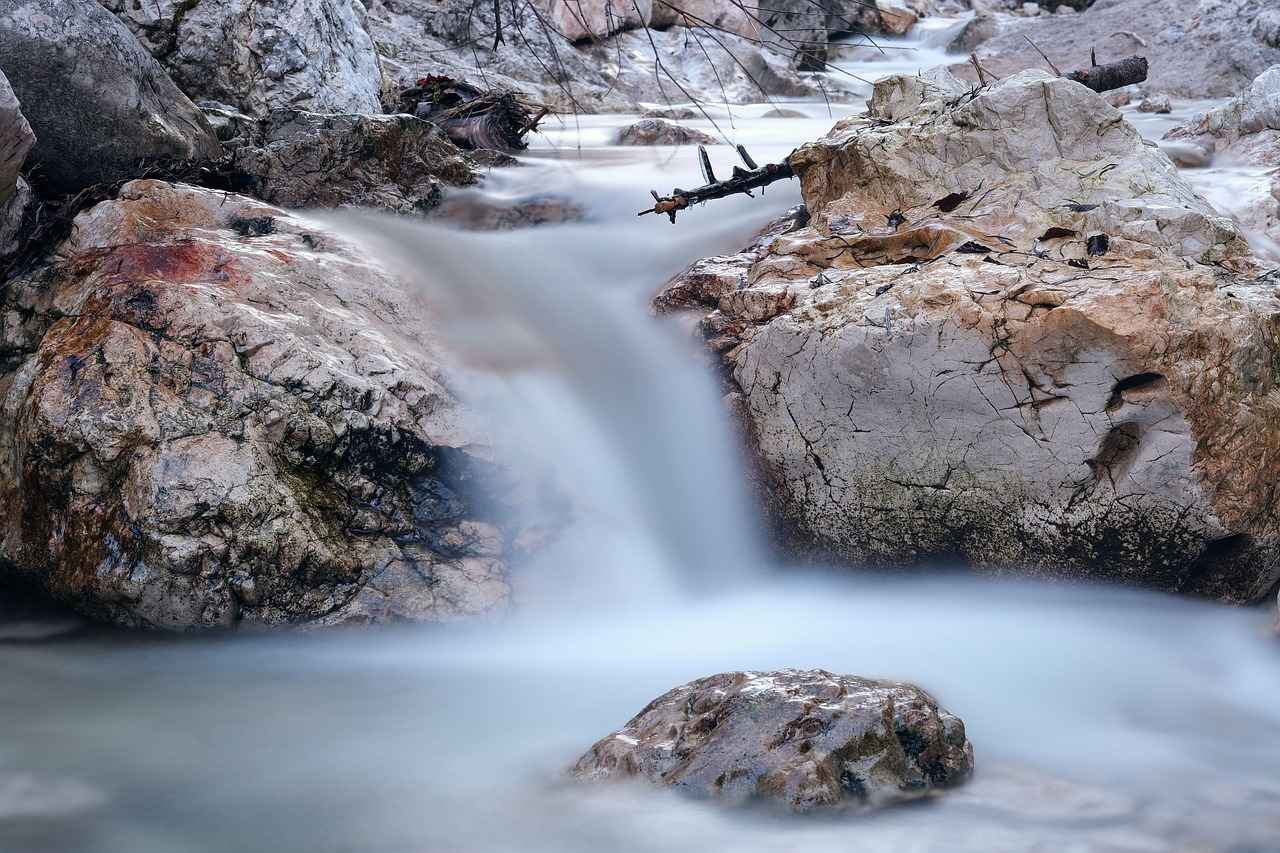
Adventure Activities in Darjeeling
Darjeeling, a beautiful hill station in West Bengal, is not just famous for its stunning tea gardens and breathtaking landscapes; it is also a haven for adventure enthusiasts. The region offers a plethora of thrilling activities that cater to both adrenaline junkies and nature lovers alike. From trekking through the majestic Himalayan foothills to soaring above the valleys while paragliding, Darjeeling promises unforgettable experiences.
Trekking Trails: A Journey Through Nature
The trekking trails in Darjeeling are among the most sought-after in India. One of the most popular treks is the Sandakphu trek, which takes you to the highest point in West Bengal. This trek offers mesmerizing views of the Kanchenjunga and Everest ranges. The trails are well-marked and suitable for trekkers of all levels, making it an ideal choice for both beginners and seasoned hikers.
Paragliding: Soaring Above the Hills
For those looking to experience the thrill of flight, paragliding in Darjeeling is a must-try. Launching from the hills, adventurers can glide over the lush green valleys and tea gardens, witnessing the stunning landscape from a bird’s-eye view. The experience is both exhilarating and peaceful, offering a unique perspective of this beautiful region.
Mountain Biking: An Adventurous Ride
Mountain biking has gained popularity in Darjeeling, with several trails winding through the hills. Riders can explore the rugged terrain while enjoying the fresh mountain air. Guided biking tours are available, ensuring safety and providing insights into the local culture and environment.
Conclusion: A Paradise for Adventure Seekers
With its diverse range of adventure activities, Darjeeling stands out as a premier destination for those seeking excitement and natural beauty. Whether you are trekking, paragliding, or biking, the experiences here are sure to leave you with cherished memories. Plan your adventure in Darjeeling today and immerse yourself in the thrill of the great outdoors!
Trekking Trails in Darjeeling
offer a thrilling experience for both novice and seasoned adventurers. Nestled in the lap of the Himalayas, Darjeeling is famous for its breathtaking landscapes, which include lush green hills, vibrant flora, and panoramic views of towering peaks such as the majestic Kanchenjunga. Among the numerous trekking options available, the Sandakphu trek stands out, providing an unforgettable journey through some of the most stunning terrains in the region.
The Sandakphu trek, often referred to as the “Roof of West Bengal,” is the highest point in the state at 3,636 meters. This trek is not only a test of endurance but also a feast for the eyes. As trekkers ascend, they are treated to awe-inspiring views of the world’s third-highest mountain, Kanchenjunga, as well as the majestic Makalu and Everest ranges. The trail meanders through enchanting rhododendron forests and quaint villages, allowing trekkers to immerse themselves in the local culture and hospitality.
For beginners, the trek is manageable with proper preparation and guidance. Local trekking agencies offer guided tours that cater to different skill levels, ensuring safety and enhancing the overall experience. The best time to embark on this adventure is during the spring (March to May) and autumn (September to November) when the weather is clear and the views are at their best.
For the more experienced trekkers, the challenge of the Sandakphu trek lies in its varying altitudes and terrain. The trek typically spans over 5 to 7 days, depending on the chosen route and pace. Along the way, trekkers can enjoy the serenity of nature, spot diverse wildlife, and take part in the vibrant local culture.
In conclusion, the trekking trails in Darjeeling, especially the Sandakphu trek, offer an unparalleled adventure that combines natural beauty, cultural richness, and a sense of achievement. Whether you are a beginner looking to explore the great outdoors or an experienced trekker seeking new challenges, Darjeeling promises an unforgettable experience.
Paragliding Experiences
Paragliding in Darjeeling is more than just an adventure; it is an exhilarating experience that allows thrill-seekers to glide gracefully over one of India’s most stunning landscapes. As you take off from the hills, you are greeted by a breathtaking panorama of lush green valleys, sprawling tea plantations, and the majestic Himalayas standing tall in the distance. This unique perspective not only offers a sense of freedom but also a chance to appreciate the natural beauty of Darjeeling from above.
For those considering this adventure, the best time to go paragliding is during the months of March to June and September to November, when the weather is clear and the winds are favorable. Numerous operators in the region offer tandem flights, making it accessible for both beginners and experienced paragliders. Safety is a top priority, with trained professionals guiding you through the entire process, ensuring an enjoyable and secure experience.
- Stunning Views: Experience breathtaking views of the Kanchenjunga range and the picturesque hills.
- Adventurous Spirit: Feel the rush of adrenaline as you soar through the sky, taking in the beauty of nature.
- Memorable Experience: Capture unforgettable memories and photos during your flight.
While paragliding, you might also have the opportunity to spot local wildlife and the vibrant colors of the tea gardens below. The serene environment and the thrill of flying create a perfect blend for adventure enthusiasts. After landing, many choose to explore nearby attractions, such as the Darjeeling Himalayan Railway or local tea estates, further enriching their visit.
In conclusion, paragliding in Darjeeling is an adventure that combines thrill, beauty, and culture, making it a must-try for anyone visiting this enchanting hill station. Whether you’re an adrenaline junkie or simply looking to experience the stunning vistas, paragliding offers an unparalleled view of this remarkable region.
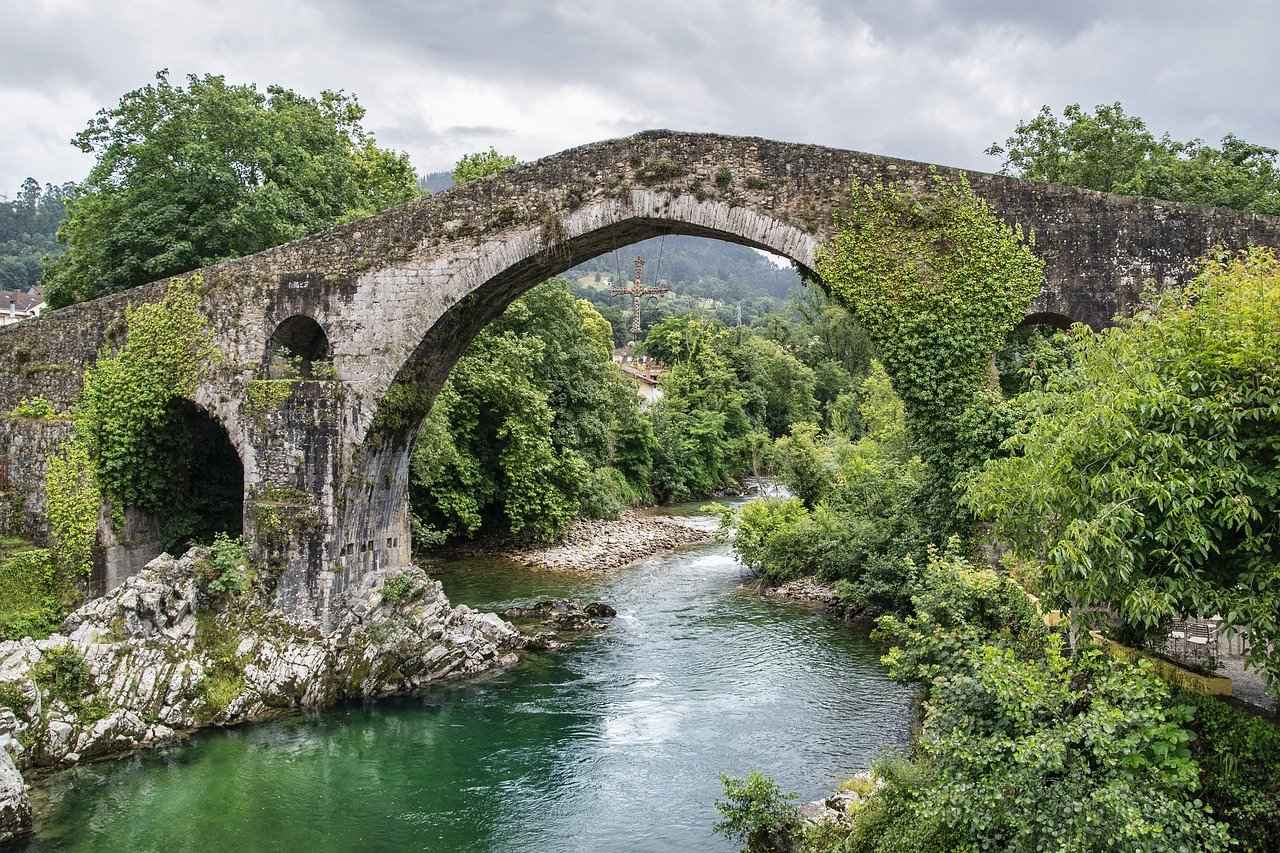
Cultural Attractions and Festivals
Darjeeling, a picturesque town in West Bengal, is not just famous for its breathtaking landscapes and tea plantations but is also a vibrant hub of cultural heritage. The town is home to a plethora of festivals and attractions that beautifully reflect the diverse traditions and lifestyles of its inhabitants.
One of the most significant aspects of Darjeeling’s cultural landscape is its annual festivals. Celebrations like Dashain, Tihar, and the Himalayan Festival are marked by colorful processions, traditional music, and dance performances. These events not only bring the community together but also showcase the rich tapestry of cultural expressions found in the region. Visitors can immerse themselves in the local culture by participating in these festivities, experiencing the warmth and hospitality of the residents.
In addition to festivals, Darjeeling boasts several cultural attractions that are a testament to its rich history. The Darjeeling Himalayan Railway, a UNESCO World Heritage site, is renowned for its narrow-gauge track and vintage steam locomotives. Riding this historic train offers a unique perspective of the stunning landscapes while providing insight into the engineering marvels of the past.
Another notable attraction is the Bhutia Busty Monastery, which is a serene place of worship and reflection. Visitors can explore the intricately designed architecture and participate in meditation sessions, offering a glimpse into the spiritual practices of the local Buddhist community.
Furthermore, the Ghoom Monastery, one of the oldest in the region, is famous for its 15-foot statue of the Maitreya Buddha, attracting tourists and devotees alike. These sites not only enhance the cultural richness of Darjeeling but also contribute significantly to its tourism.
In conclusion, the cultural attractions and festivals of Darjeeling play a crucial role in preserving the region’s heritage. They provide visitors with a unique opportunity to engage with the local community and experience the vibrant traditions that define this enchanting town.
Darjeeling Himalayan Railway
The Darjeeling Himalayan Railway is a remarkable feat of engineering and a significant part of India’s cultural heritage. This UNESCO World Heritage site is not just a mode of transportation; it is an experience that takes travelers on a nostalgic journey through the picturesque hills of Darjeeling. The railway, affectionately known as the “Toy Train,” is famous for its scenic route that winds through lush tea gardens, charming villages, and breathtaking views of the Himalayas.
The journey aboard the Darjeeling Himalayan Railway offers passengers the chance to witness the stunning landscapes that make this region so special. As the vintage steam locomotives chug along the narrow gauge tracks, travelers are treated to panoramic views of the surrounding mountains and valleys. The train’s slow pace allows for a more intimate connection with the natural beauty, making it a favorite among both tourists and locals.
One of the highlights of this railway is its unique engineering marvels, including the famous Batasia Loop. This spiral track allows the train to gain elevation while providing a stunning view of the Kanchenjunga mountain range. The loop is not only a technical achievement but also a popular stop for photographs, where visitors can take in the breathtaking scenery.
In addition to its stunning landscapes, the Darjeeling Himalayan Railway is steeped in history. Established in the late 19th century, it has played a crucial role in the development of the region, facilitating trade and tourism. The vintage steam locomotives, which are still operational today, evoke a sense of nostalgia and charm, transporting passengers back in time.
For those planning to visit, it is advisable to book tickets in advance, especially during peak tourist seasons. The railway offers various services, including joy rides and full journeys from Darjeeling to Ghum, the highest railway station in India. Each ride is an opportunity to not only travel but to immerse oneself in the rich history and culture of this remarkable region.
In conclusion, the is more than just a train ride; it is a journey through time and nature that captivates the hearts of all who experience it. Whether you are a history buff, a nature lover, or simply looking for a unique adventure, this UNESCO World Heritage site is a must-visit destination in India.
Local Festivals and Celebrations
in Darjeeling are a vibrant reflection of the region’s rich cultural tapestry. Among the most celebrated are Dashain and Tihar, which bring together communities in joyous festivities, showcasing their unique traditions and customs.
During Dashain, families come together to honor their deities, particularly the goddess Durga. This festival, celebrated over several days, includes rituals such as sacrifice, feasting, and the exchange of gifts. Homes are adorned with colorful decorations, and the atmosphere is filled with excitement as people travel from afar to participate in the celebrations. The significance of Dashain lies not only in its religious aspects but also in its role in strengthening familial bonds and community ties.
Tihar, also known as the festival of lights, follows Dashain and lasts for five days. Each day is dedicated to honoring different animals, such as crows, dogs, and cows, culminating in the worship of the goddess Laxmi, the deity of wealth. Homes are illuminated with oil lamps and colorful rangoli designs, creating a festive ambiance. The spirit of Tihar is characterized by singing, dancing, and the sharing of delicious sweets among friends and neighbors, fostering a sense of unity and joy.
Both Dashain and Tihar serve as important reminders of the region’s cultural heritage, allowing locals and visitors alike to immerse themselves in the traditions that define Darjeeling. These festivals not only celebrate the local customs but also attract tourists, contributing to the area’s economy and cultural exchange.
In conclusion, the local festivals of Dashain and Tihar are not merely events on the calendar; they are vibrant expressions of life, community, and culture in Darjeeling. By participating in these celebrations, one can gain a deeper understanding of the local way of life and the values that bind the community together.
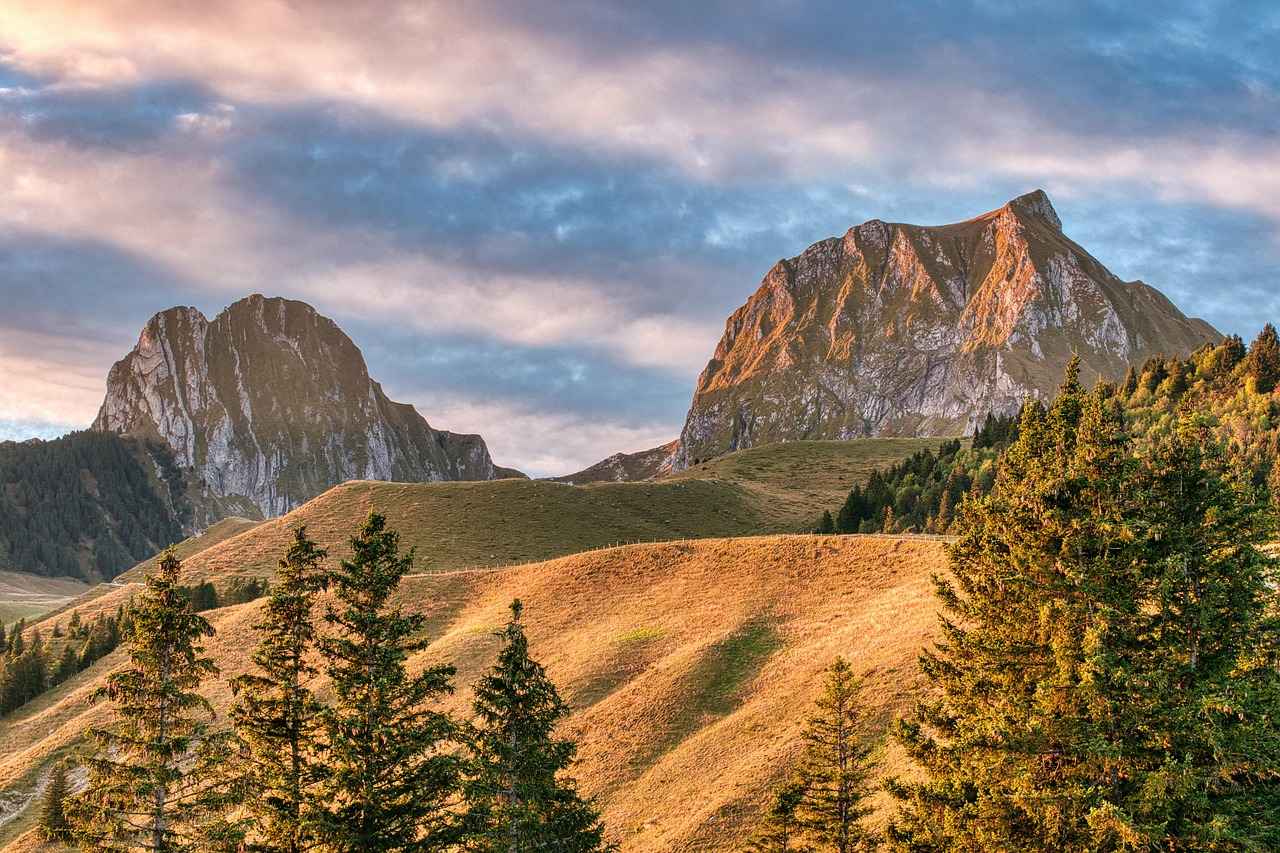
Wildlife and Biodiversity
Darjeeling is a treasure trove of wildlife and biodiversity, boasting a remarkable variety of flora and fauna that thrive in its unique ecosystems. The region is characterized by its diverse habitats, ranging from lush forests to alpine meadows, making it a haven for wildlife enthusiasts and nature lovers alike.
Several protected areas, including national parks and wildlife sanctuaries, play a crucial role in conserving the region’s natural heritage. These areas provide a safe haven for numerous species, some of which are endemic to the region. Here are some highlights:
| National Park/Sanctuary | Key Species | Unique Features |
|---|---|---|
| Singalila National Park | Red Panda, Himalayan Black Bear, Various Bird Species | Stunning views of the Kanchenjunga range, trekking opportunities |
| Neora Valley National Park | Clouded Leopard, Himalayan Salamander, Rare Orchids | Diverse flora with many medicinal plants, rich birdlife |
| Padmaja Naidu Himalayan Zoological Park | Snow Leopard, Red Panda, Tibetan Wolf | Focus on conservation and breeding programs |
Among the many species found in these protected areas, the red panda stands out as a symbol of Darjeeling’s wildlife. These adorable creatures are primarily found in the Singalila National Park, where they inhabit the bamboo forests. Wildlife enthusiasts can embark on guided tours to observe these elusive animals in their natural habitat.
Furthermore, conservation efforts are actively underway to protect these unique ecosystems. Local organizations and government initiatives are focused on promoting sustainable tourism and educating visitors about the importance of wildlife conservation. Such efforts are vital in ensuring that future generations can experience the rich biodiversity that Darjeeling has to offer.
In conclusion, the wildlife and biodiversity of Darjeeling are not only a source of pride for the local communities but also a crucial part of the region’s ecological balance. By visiting and supporting conservation initiatives, travelers can contribute to preserving this natural heritage.
Singalila National Park
is a remarkable destination nestled in the Himalayas, renowned for its exceptional biodiversity and stunning landscapes. This protected area offers a unique ecosystem that is home to a variety of flora and fauna, including the elusive red panda, which is one of the park’s most cherished inhabitants. Nature enthusiasts and wildlife lovers flock to this park, drawn by the opportunity to observe rare species and enjoy breathtaking views.
The park spans over 78 square kilometers and is situated at an altitude ranging from 7,000 to 12,000 feet, providing a diverse range of habitats. The rich biodiversity includes over 100 species of birds, making it a paradise for birdwatchers. Among the notable avian residents are the Himalayan Monal, Blood Pheasant, and various migratory species that visit during different seasons.
Visitors to Singalila National Park can engage in numerous activities that enhance their experience. Here are some popular options:
- Trekking: The park offers several trekking routes, including the famous Sandakphu trek, which provides panoramic views of the world’s highest peaks, including Everest and Kanchenjunga.
- Bird Watching: With its diverse bird population, the park is perfect for birdwatching enthusiasts. Early mornings are the best time to spot various species.
- Photography: The stunning landscapes and unique wildlife provide ample opportunities for photographers to capture the beauty of nature.
Conservation is a significant focus within Singalila National Park. Various initiatives are in place to protect its unique ecosystems and the endangered species that inhabit them. The park authorities work diligently to promote sustainable tourism practices that minimize human impact on the environment.
In conclusion, Singalila National Park is not just a haven for wildlife; it is also a treasure trove of natural beauty and adventure. Whether you are a seasoned trekker, a birdwatching enthusiast, or simply someone seeking tranquility in nature, this park offers an unforgettable experience that highlights the importance of conservation and appreciation for our planet’s biodiversity.
Conservation Efforts
Conservation Efforts in Darjeeling play a crucial role in safeguarding the region’s extraordinary natural beauty and biodiversity. As one of the most picturesque locations in India, Darjeeling is not only famous for its stunning landscapes but also for its rich ecological diversity. The local government, along with various non-governmental organizations, has implemented several initiatives aimed at preserving the environment while promoting sustainable tourism.
One of the primary goals of these conservation efforts is to protect the unique ecosystems found in the region. Darjeeling is home to numerous endemic species of flora and fauna, many of which are threatened by climate change and human activities. To combat these challenges, conservationists have established protected areas, such as Singalila National Park and the Darjeeling Wildlife Sanctuary. These parks not only provide a safe haven for wildlife but also serve as educational resources for visitors, raising awareness about the importance of environmental preservation.
Moreover, sustainable tourism practices are being promoted to ensure that the influx of visitors does not harm the local environment. Eco-friendly lodges and responsible trekking practices are encouraged, allowing tourists to enjoy the breathtaking scenery without compromising the integrity of the landscapes. Local communities are also involved in these efforts, as they play a vital role in maintaining the balance between tourism and conservation.
In addition to protecting natural habitats, conservation initiatives in Darjeeling focus on promoting cultural heritage. The region’s rich traditions and customs are integral to its identity, and preserving these aspects is essential for maintaining the unique character of Darjeeling. Educational programs and community engagement activities are designed to foster a sense of pride among locals, encouraging them to participate in conservation efforts actively.
In conclusion, the conservation efforts in Darjeeling are vital for ensuring that its natural beauty and cultural heritage are preserved for future generations. By promoting sustainable tourism and protecting its unique ecosystems, Darjeeling can continue to thrive as a premier destination for nature lovers and adventure seekers alike.
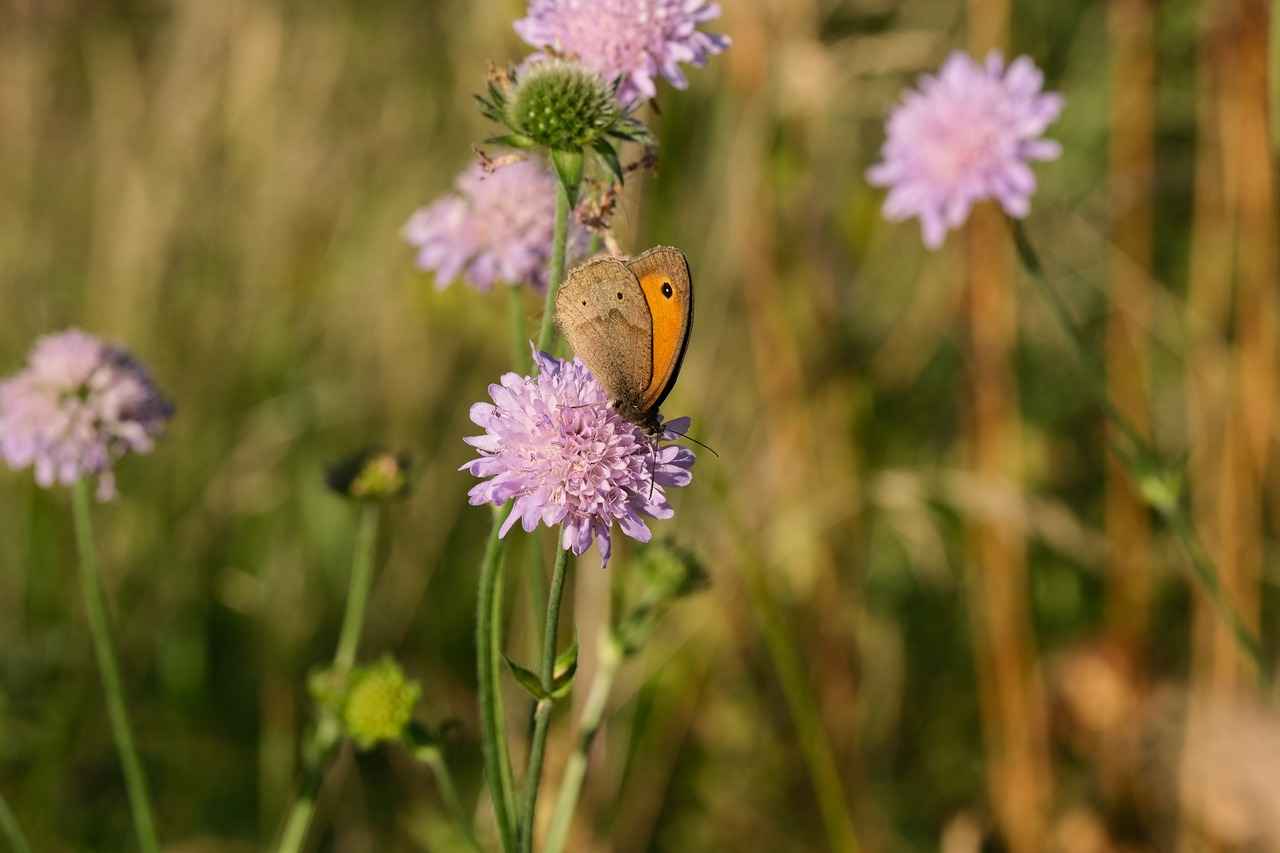
Conclusion: A Must-Visit Destination
Darjeeling, a gem nestled in the Himalayas, beckons travelers with its stunning landscapes, vibrant culture, and thrilling adventure opportunities. This enchanting hill station in West Bengal is not just a destination; it is an experience that captivates the hearts of all who visit.
The scenic beauty of Darjeeling is unparalleled. With its rolling hills blanketed by lush tea gardens and breathtaking views of the majestic Himalayas, it is a true paradise for nature lovers. The crisp mountain air and the serene ambiance create a perfect backdrop for relaxation and exploration.
One of the highlights of Darjeeling is its rich cultural heritage. The tea plantations here are not only significant for their economic contribution but also for their role in shaping the local identity. Visitors have the unique opportunity to witness the traditional tea-making process and indulge in tastings of the world-renowned Darjeeling tea, known for its distinctive flavor and aroma.
Adventure seekers will find plenty to do in Darjeeling. From trekking through scenic trails to exhilarating paragliding experiences, there is no shortage of activities to get the adrenaline pumping. The Sandakphu trek, for instance, offers stunning views of the Kanchenjunga range and is suitable for both novices and seasoned trekkers.
Moreover, the cultural richness of Darjeeling is on full display during its vibrant festivals. Events like Dashain and Tihar are celebrated with great enthusiasm, showcasing the diverse traditions of the local communities. Not to be missed is the Darjeeling Himalayan Railway, a UNESCO World Heritage site that offers a nostalgic journey through the picturesque hills.
In conclusion, Darjeeling is a must-visit destination for anyone seeking a unique blend of natural beauty, cultural richness, and adventure. With its enchanting landscapes and warm-hearted locals, it promises an unforgettable experience that will linger in the hearts of travelers long after they leave.
Frequently Asked Questions
- What is the best time to visit Darjeeling?
The ideal time to visit Darjeeling is between March and June, when the weather is pleasant and perfect for sightseeing. The monsoon season, from July to September, can bring heavy rain, while October to February can be quite chilly.
- How can I reach Darjeeling?
You can reach Darjeeling by taking a train to New Jalpaiguri, followed by a scenic drive of about 3 hours. Alternatively, you can fly to Bagdogra Airport, which is the nearest airport, and then take a taxi to Darjeeling.
- What are the must-try dishes in Darjeeling?
Don’t miss out on local delicacies like momos (dumplings), thukpa (noodle soup), and authentic Darjeeling tea. These dishes reflect the rich culinary heritage of the region and are a treat for your taste buds!
- Are there any adventure activities in Darjeeling?
Absolutely! Darjeeling offers thrilling activities such as trekking, paragliding, and mountain biking that cater to adventure enthusiasts. The breathtaking views make these experiences even more unforgettable!
- What cultural festivals are celebrated in Darjeeling?
Darjeeling is vibrant with festivals like Dashain and Tihar, where locals celebrate with great enthusiasm. These festivals showcase the rich cultural tapestry of the region and are a sight to behold!
